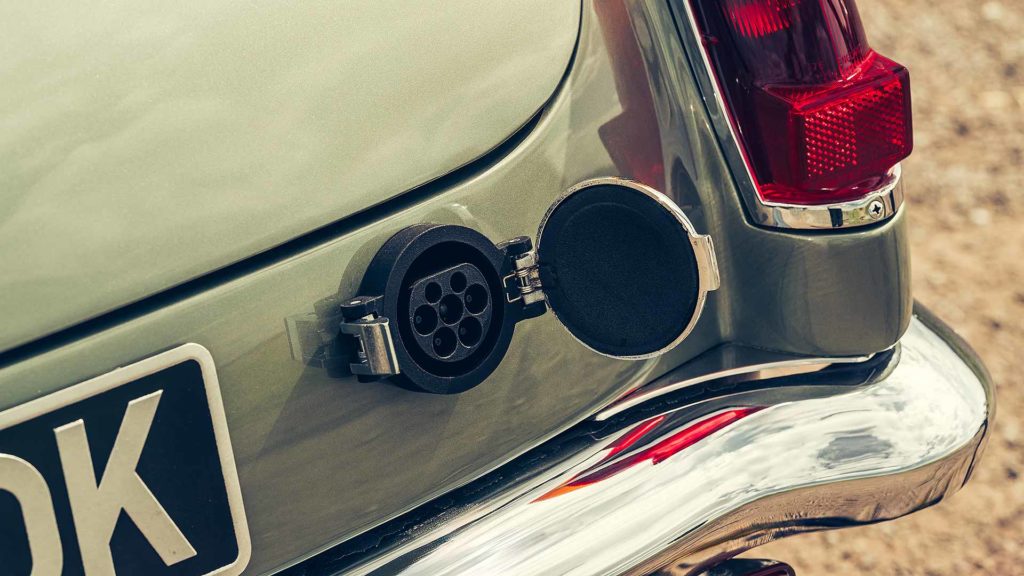If you own an electric car, you will need to plug in a charging cable to recharge the battery. That much is obvious.
The vast majority of EVs are supplied with at least one charging cable, so make sure they are present if you’re buying a used car. A ‘granny cable’ is a colloquial term for the ICCB (In Cable Control Box) cable that should come with the car when new.
There are two theories as to why it’s called a ‘granny cable’. One is that it’s the slowest form of charging – apologies to all the grandmothers out there. The other is that it provides emergency charging should you find yourself without access to a charger when staying with your grandparents’ house.
We prefer the former definition, but the principle remains: a ‘granny cable’ is for slow and overnight trickle charging.
What does a granny cable do?

An ICCB cable contains a box that performs the safety and communications that would otherwise be handled by a charging station. It means that you can safely connect your electric car to a domestic three-pin plug socket.
Carrying a granny cable in your car will ensure that locating a charging station at your destination isn’t essential. If you can find a plug socket, you can potentially charge for free. Just make sure you ask the proprietor’s permission before plugging in.
It won’t be a quick fill-up, but you’ll wake up with a charged car. What’s more, it could be the difference between getting home or being stranded by the roadside with a flat battery.
As we said earlier, most electric cars come with a granny cable, along with a Type 2 cable for use at public charging points.
Although the Renault Zoe comes with a Type 2 charging cable and Renault’s own Chameleon Charger, the granny cable is absent. You can find them on eBay, however.
Read our Motoring Electric guide for more information on charging your electric car.

